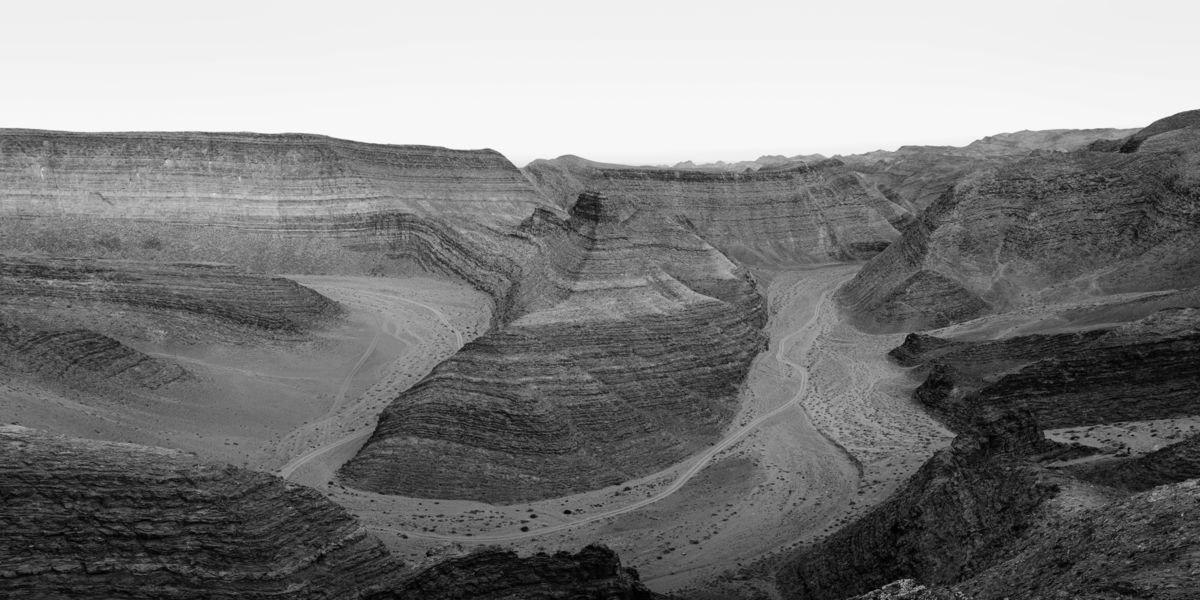Balanced between the Russian and Chinese superpowers, both of which are mineral- and energy- hungry, Mongolia is rich in resources. Three million people share a landmass one-sixth the size of the United States. Because of the sparseness of the population, several of its ecosystems are complex enough to host rare and endangered large mammal species. Wild camels, for example — distinct from their domesticated cousins used for transport and food — shyly evade human contact in southern Mongolia. An aboriginal herding tradition is surviving even as it changes. Even though dirt bikes (rather than horses) are often used for herding, for example, traditional grazing and hunting routes are still used because the land is not parceled into private property.
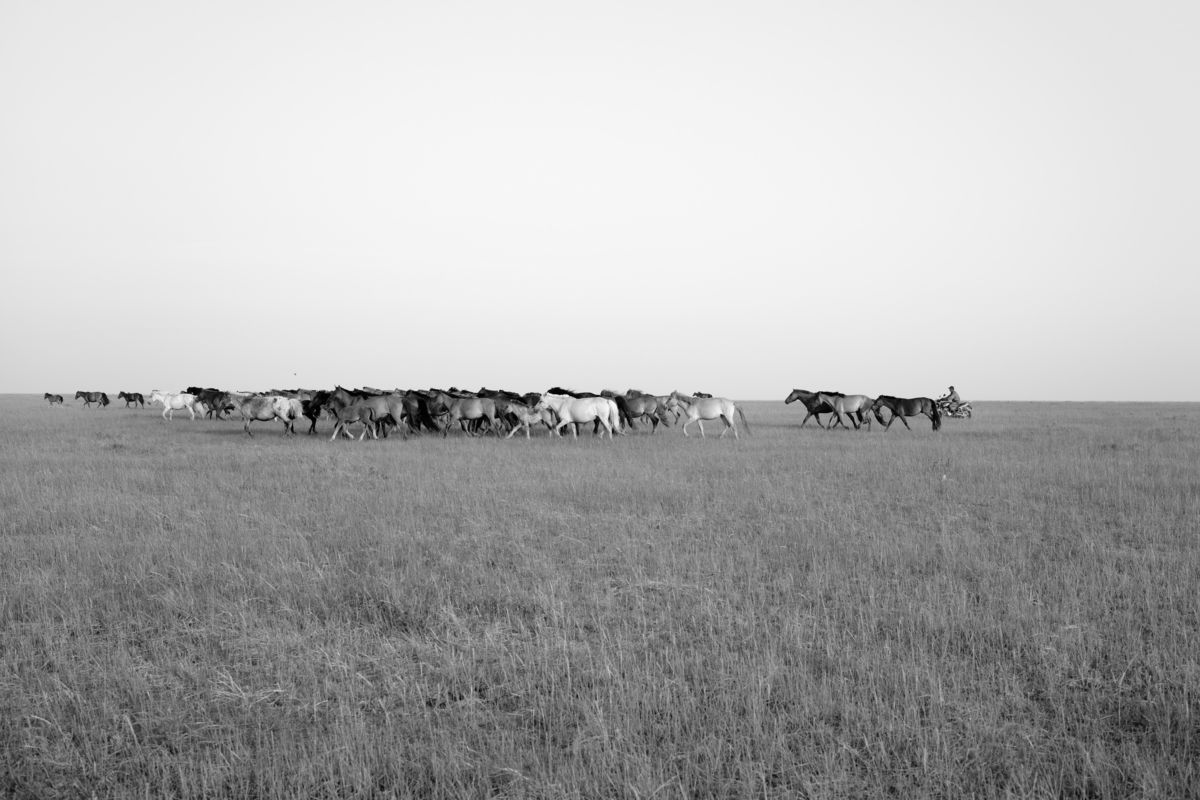
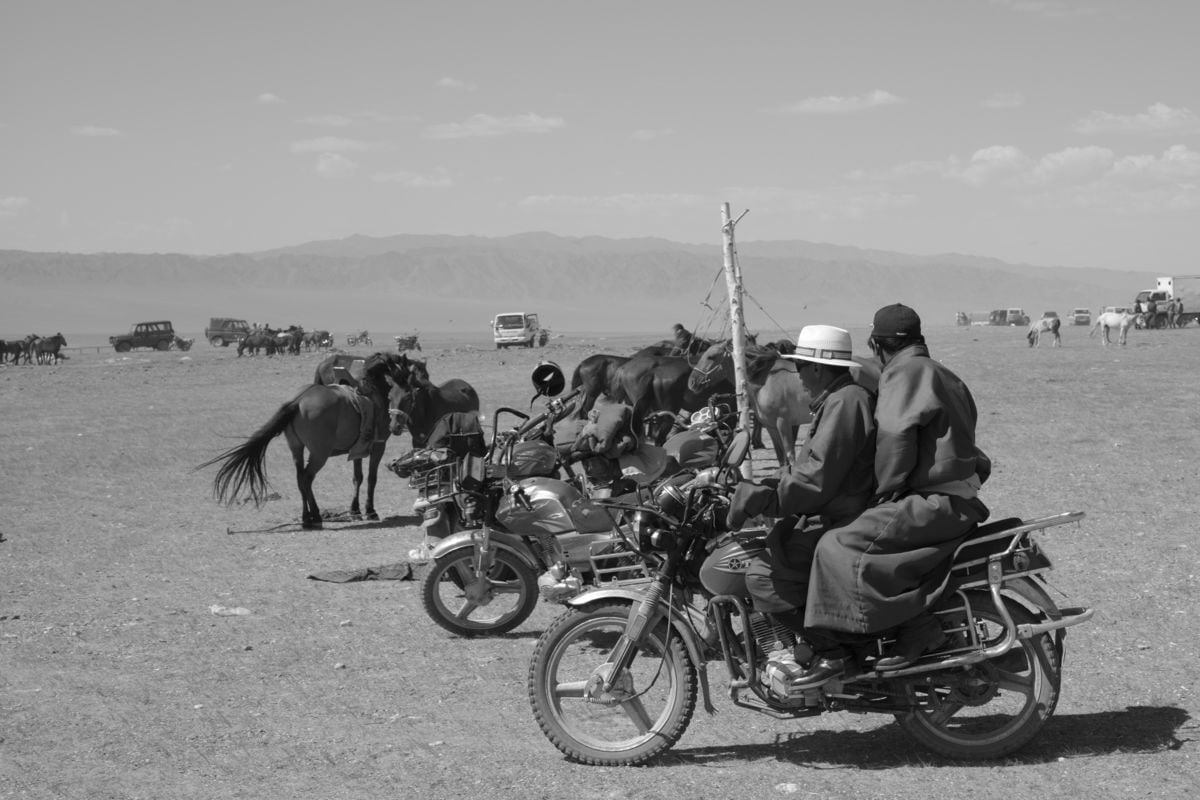

Even domesticated animals roam wide swaths of land. Uninterrupted by the fences and barbed wire that are so ubiquitous in the US West that we hardly notice them anymore, the Mongolian steppe stretches the imaginations of outsiders.
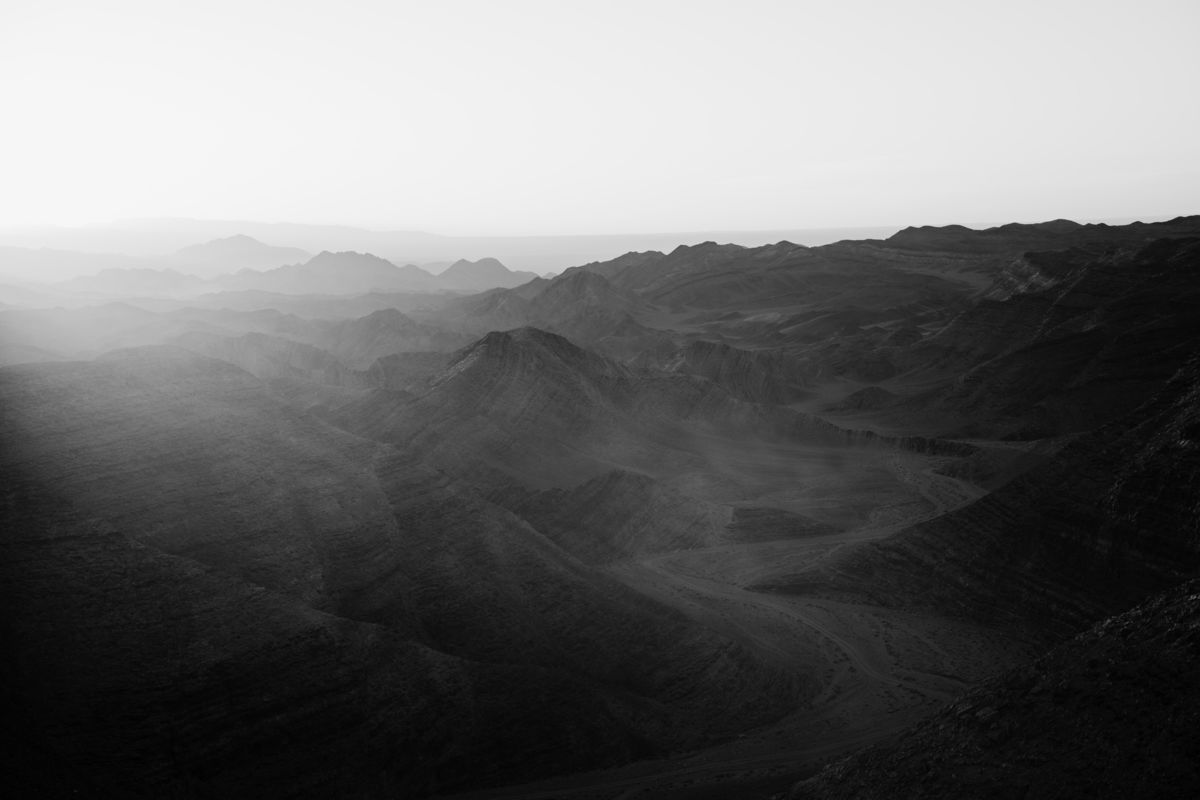
The contest over land use in Mongolia will have major impact on species survival, as well as geopolitical importance for the Chinese and Russian economies. This November and December, the Mongolian parliament is discussing whether to almost double the size of the Great Gobi B Strictly Protected Area, from around 900,000 hectares more than 1,500,000. In Western Mongolia, the Great Gobi B Strictly Protected Area is the only protected area of the Dzungarian Gobi. This summer, we traveled to the Gobi protected areas with Ganbaatar Oyunsaikhan, chief administrator for the Great Gobi B, and G. Dovchindorj, a biologist and conservationist who works to protect the wild Bactrian camel.

In Great Gobi B, shin-high scrub and stipa grass transition into desert macadam. Springs become small rivers, die on the surface, and emerge as oasis grass and tamarisk arroyo bottoms. Wild takhi horses native to the Mongolian steppe, previously held in captivity in European zoos, have been reintroduced through collaboration between Mongolian officials and international conservation groups, like the Prague Zoo and the International Takhi Group. These species join wild ass, gazelle, ibex, wolf, snow leopard and mountain sheep in the area.


Oyunsaikhan wanted to show us every inch of the area that he is charged with protecting in southwestern Mongolia. He is a fierce conservationist. About eight years ago, he realized that the park wasn’t big enough to provide a safe habitat for all its animals. “We had an especially hard winter in 2009-2010,” Oyunsaikhan said. “During harsh winters and droughts, the wild ass in Great Gobi B needed to extend their range in order to survive. They left the park in search of sufficient food, and because of this, became vulnerable to poachers.” He and others began to lobby for an expansion of the park.
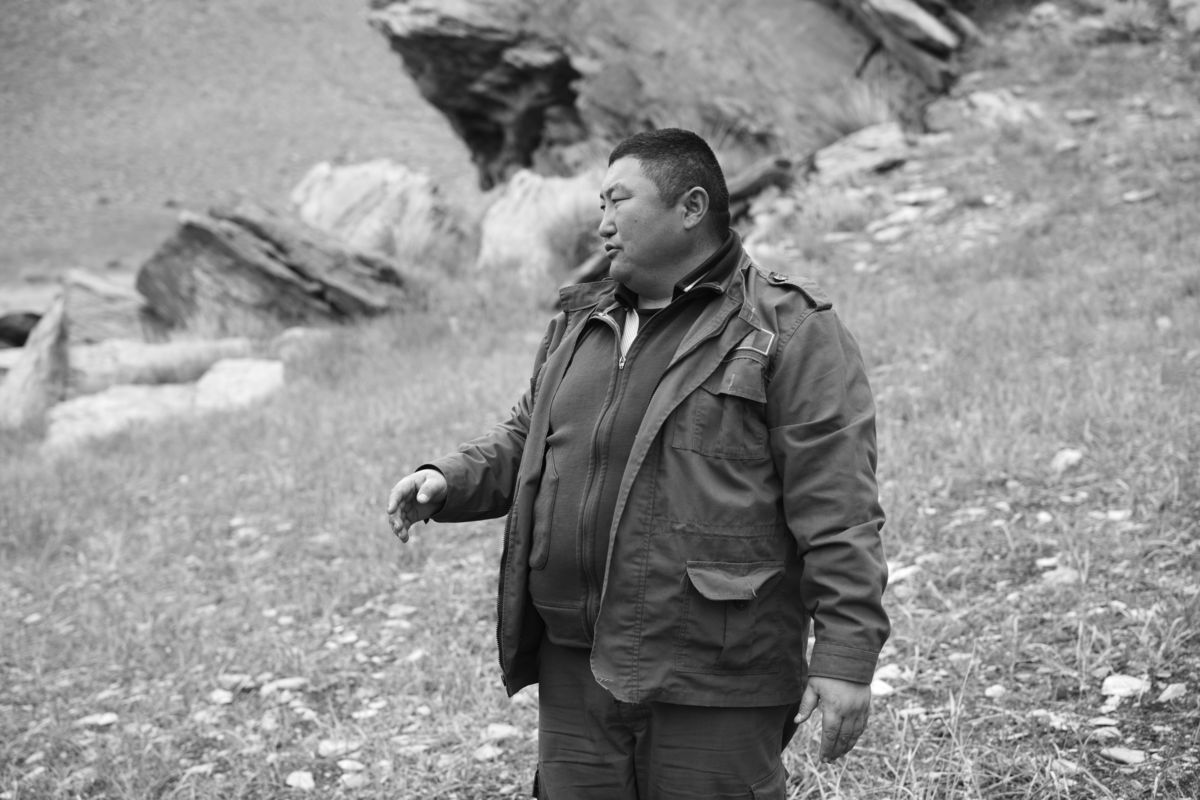
In addition to land, mineral deposits of gold, copper and coal are abundant in Mongolia. Chinese, Russian, US and Canadian companies are developing extensive extractive sites, sometimes in joint ventures with the Mongolian government. The Mongolian mining minister doubled the amount of land available for exploration and extraction in 2017 to 20 percent of Mongolia’s overall land base. This may accelerate coal extraction, because Mongolia sits atop the 15th largest coal reserves in the world.
In the South, huge coal mines feed Chinese industries through veins of transport along hurriedly constructed roads teeming with exhaust-belting mega-trucks. Copper, gold and coal together comprise the lion’s share of Mongolian exports and about a third of its gross domestic product. Domestic energy is dominated by coal-burning stoves, making Ulaanbaatar one of the most polluted capital cities in the world.
Unlike the Umnugobi province, where the Great Gobi A Strictly Protected Area is located, Khovd province, home to Great Gobi B, is not mined for gold, copper or coal. While this may be beneficial to the ecosystem, there is a catch: There are fewer resources available for conservation. Mining interests are mandated to fund “conservation offset” projects, but these funds are controlled by the provincial authorities, not the central government. Therefore, the localities with the most success in conservation funds are those that allow extensive mining. “In Great Gobi B, we have no mining and far fewer tourists,” said Oyunsaikhan. “Which unfortunately means far fewer dollars for conservation.”
In addition to the conservation offsets required of mining corporations, Western nonprofits have jumped into the conservation game in Mongolia since the retreat of the Soviet empire. Groups like The Nature Conservancy have funded efforts to try to prevent species extinction, especially of some of Mongolia’s amazing and rare large mammal species, like the snow leopard. As Oyunsaikhan pointed out, such conservation dollars are often tied to areas that attract tourists. The Nature Conservancy has also, though, jumped into the “mining mitigation” game, advising the Mongolian government on how to use conservation offsets through its “Mitigation Design Tool,” which implies that there is a win-win strategy that can encompass both mining development and conservation.
The problem is that conservation offsets do not actually undo the harm that mines have done. There has been scant attention paid to mining reclamation in Mongolia, and little effort to demand cleanup or reparations from any of the damage done by extraction industries in the decades of Soviet control. A small group of Mongolian and Russian scientists has teamed up with the Southwest Research and Information Center, a small New Mexico-based think tank that focuses on repairing the damage done by mining. This team has focused on proposing a reclamation plan for the Oyu Tolgoi gold and copper mine 200 kilometers East of the provincial capital Dalanzadgad.
If conservation efforts are going to succeed in the future, the Mongolian government will have to figure out how to solve the paradox rooted in the fact that provinces have an incentive to authorize further extractive development. Conservation offsets required of mining companies are the most lucrative source of money to help preserve and restore the complexity of the multitude of ecosystems across the vast country. At the same time, Mongolian sovereignty on this issue is compromised by the fact that large nongovernment organizations (NGOs) and international donors can set the agenda for preservation through their programs and deep pockets, unless there are strong and independent directives coming from inside Mongolia.
Mongolians trace their conservationism back to the Ikh Zasag legal code of Genghis Khan eight centuries ago. Environmental safeguards, like protection of air and water, were integrated into the overall systems of laws — unlike in Western constitutions centuries later, when environmental regulations were added as an afterthought, in many cases, decades or centuries after the original legal frameworks were written. In Chinggis Khaan’s Mongolia, clean air and water and protected sacred sites were not seen as separate from laws governing the conduct of people.
Conservationist impulses in governance continued thereafter; Mongolia established the world’s first national park in the late 18th century, for example, while the bourgeois democracy concurrently being born in France would not be as visionary on the need for the protection of land for well over a century. Mongolia would not be integrated into the global industrial economic system that treats land and resources as disposable until becoming a satellite state of the Soviet Union in 1921.
Great Gobi B, a Strictly Protected Area, continues to have stringent restrictions on development. The Ministry of the Environment and Tourism administers the protected areas — an illustration of how closely conservation efforts have become tied to tourism and the funding of international environmental NGOs. National conservation parks, nature reserves and monuments offer somewhat less protection than Strictly Protected Areas. As the world’s appetite for Mongolia’s mineral resources becomes more insatiable, environmental protection practices could become a key issue of national sovereignty for the Mongolian state, which spent much of the last century under the control of the Chinese empire or as a satellite state of the Soviet Union.
The parliamentary vote on expanding the Great Gobi B Strictly Protected Area will be an important view of what it is to come.
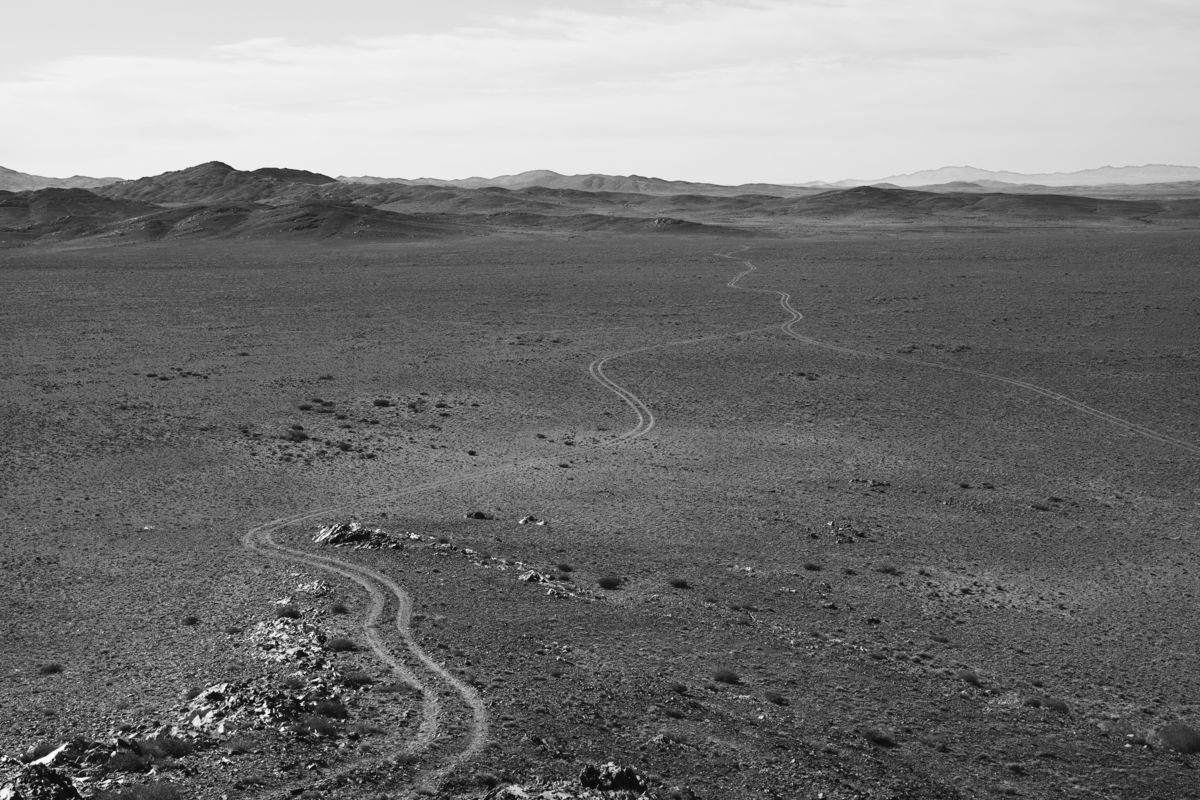

Join us in defending the truth before it’s too late
The future of independent journalism is uncertain, and the consequences of losing it are too grave to ignore. To ensure Truthout remains safe, strong, and free, we need to raise $43,000 in the next 6 days. Every dollar raised goes directly toward the costs of producing news you can trust.
Please give what you can — because by supporting us with a tax-deductible donation, you’re not just preserving a source of news, you’re helping to safeguard what’s left of our democracy.
